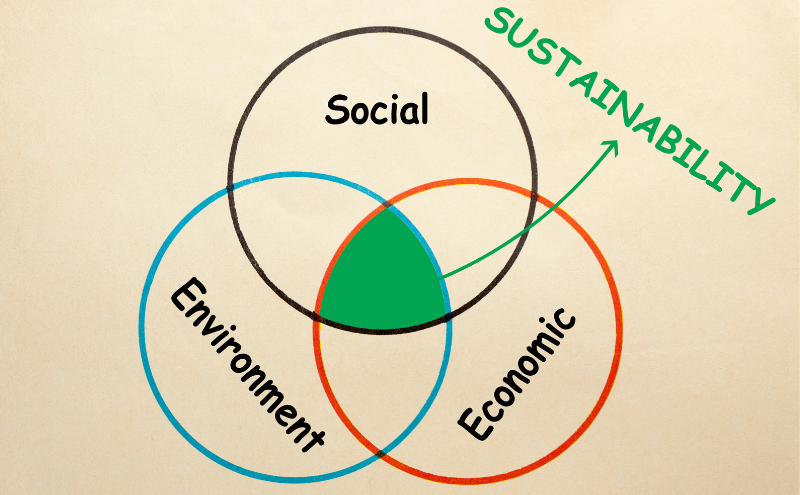Food waste is a significant issue, particularly in urban areas, but there are various methods and technologies available to help reduce waste and its ecological impact. By adopting these strategies, city dwellers can contribute to maximizing the food supply, minimizing waste, and















